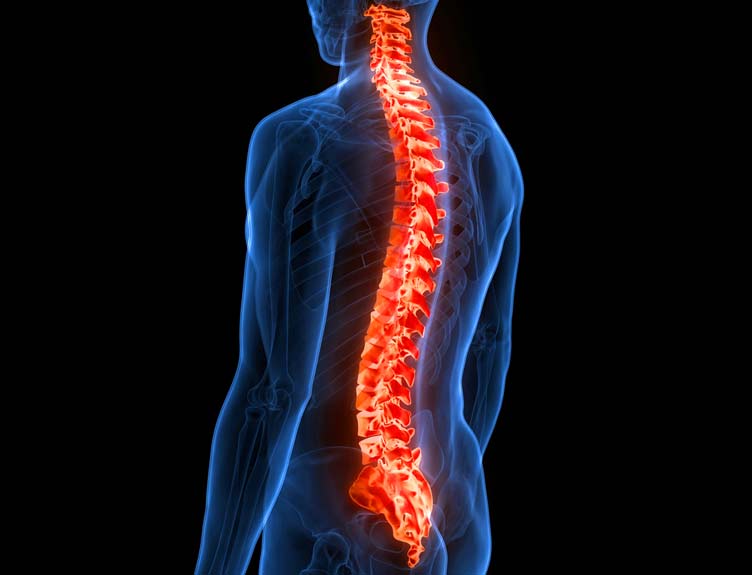The spinal cord used to be a one-way street: once severed, there was no coming back. Nerve damage meant paralysis. Game over.
But a new innovation out of Ireland is rewriting that script—with electricity, nanomaterials, and a 3D printer.
Scientists at RCSI University of Medicine and Health Sciences have developed an experimental implant that doesn’t just sit passively in the body—it channels electric signals directly into damaged spinal tissue, coaxing neurons to regrow.
Yes, regrow.
This isn’t a support brace or a painkiller. It’s a smart scaffold—a neural bootloader—engineered to speak the language of the nervous system and kickstart biological repair from within.
The Bioelectric Matrix
At the core of this technology is a soft, gel-like implant made from a conductive biomaterial laced with nanofibers. These aren’t your average medical polymers—these materials were originally developed for use in batteries and high-performance sensors.
Now they’ve been repurposed for something even more radical: bioelectric regeneration.
Using 3D printing, researchers crafted a structure that mimics the intricate architecture of the human spinal cord. Once implanted, the mesh-like fibers act as both physical support and electrical conductors, delivering targeted stimulation to stem cells and neurons.
The result? A biological environment where the impossible—neural repair—becomes plausible.
From Batteries to Bodies
The research team didn’t arrive here by accident. This is the product of cross-disciplinary disruption, where material scientists, bioengineers, and regenerative medicine experts joined forces. Under the banner of the AMBER Centre, they’ve blurred the lines between device and biology, electronics and tissue.
What once powered a smartphone is now powering the human nervous system.
According to Dr. Ian Woods, lead author of the study, the implant doesn’t just deliver electricity—it tunes it. “We can now modulate electrical signals in real time,” he explains, “to control how cells grow, differentiate, and respond to trauma.”
That level of control doesn’t just promise repair—it reprograms the healing process itself.
Spinal Injuries Are Just the Beginning
While the study’s primary focus is spinal cord trauma, the implications go much further.
Imagine using this same platform to repair damaged heart tissue after a heart attack, stimulate bone regeneration after orthopedic injury, or reboot synaptic activity in degenerative brain conditions. Any condition where electrical signaling drives healing is now a candidate for smart implants like these.
Forget invasive surgeries. Forget blunt-force pharmaceutical approaches. This is healing as circuitry. Recovery as code.
The Human Reboot Protocol
We are entering an era where the line between prosthetic and organic is vanishing. A broken spine may no longer be a life sentence—but the first test of a larger idea: that the body can be hacked, upgraded, and rebooted like a machine.
Electric healing used to be science fiction. Now, it’s a printable file.
And in the labs of Dublin, that future is humming with current.


